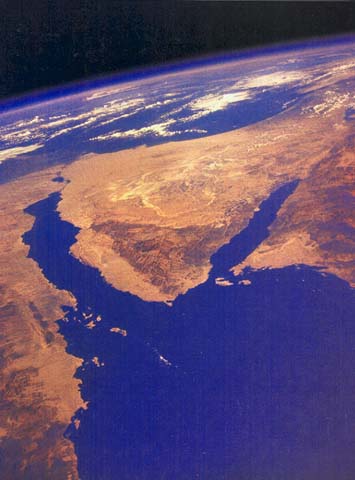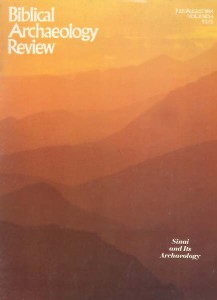Red Sea or Reed Sea?
How the mistake was made and what yam sûp really means

If there is anything that sophisticated students of the Bible know, it is that yam sûp, although traditionally translated Red Sea, really means Reed Sea, and that it was in fact the Reed Sea that the Israelites crossed on their way out of Egypt.
Well, it doesn’t and it wasn’t and they’re wrong!
Yam sûp (pronounced yahm soof) appears many times in the Bible. In a number of these instances, it clearly refers to the body of water we know as the Red Sea (including its two northern fingers, the Gulf of Suez and the Gulf of Eilat or Aqaba).
Note that I do not say that yam sûp literally means Red Sea. What yam sûp literally means is part of the problem. Yam indeed means sea; that much is clear and agreed. But the word for red is adam (pronounced a-dahm), not sûp. Literally, Red Sea should be Yam Adam, not Yam Sûp. Yet from the context, we know that in a number of Biblical references, yam sûp refers to the body of water that we know as the Red Sea.
Look, for example, at 1 Kings 9:26, where we are told that “King Solomon built a fleet of ships at Ezion-Geber near Elath [or Eilat] on the shore of the yam sûp in the land of Edom.” From the other geographical references, it is absolutely clear that yam sûp refers to the northeastern finger of the Red Sea, known today as the Gulf of Eilat or the Gulf of Aqaba.
Already a library member? Log in here.
Institution user? Log in with your IP address.

